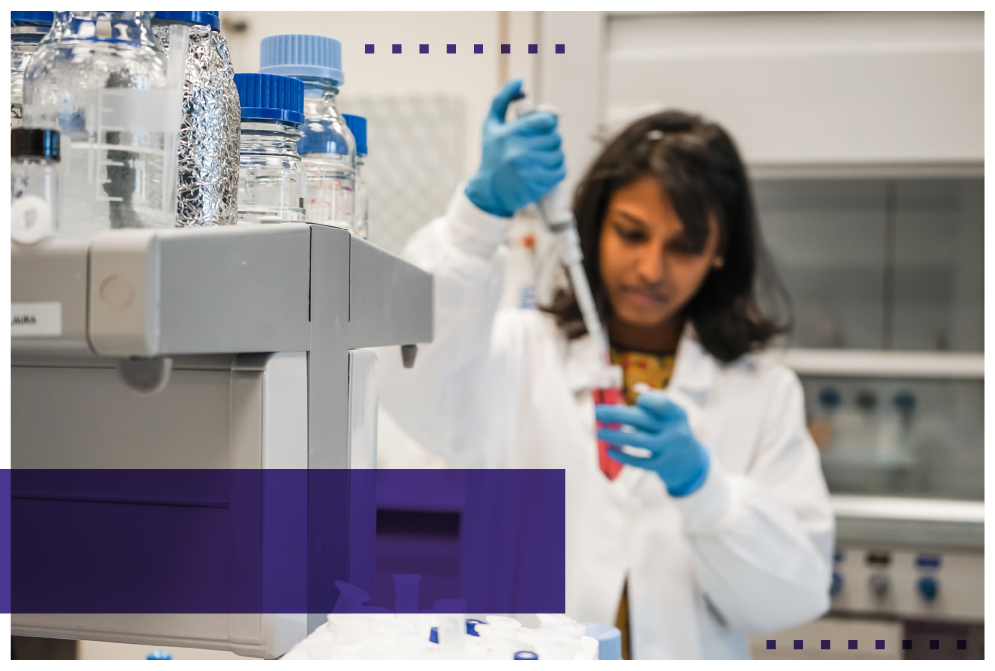
INL Food Processing Group release a special issue on Bio-based additive manufacturing
July 10, 2020
INL researchers Sara M. Oliveira, Pablo Fuciños, and Lorenzo Pastrana, from Food Processing and Nutrition group, are guest editors of a Special Issue in the journal Polymers (Q1 – in polymer science).
The “Bio-based Additive Manufacturing in Food and Tissue Engineering” Issue is now accepting submission of research articles, review articles, or short communications until 30th June 2021.
The guest editor’s team has expertise in both areas and pictured this Special Issue as a way to foster synergies and advances and to inspire bio-based manufacturing research in these areas they see as complementary.
Additive manufacturing or 3D printing has been an inspiration in many fields through its vast potential for full customisation and multiscale control of 3D structures made of almost any kind of material.
Bio-based additive manufacturing refers to the 3D manufacture by layer-by-layer deposition using naturally derived compounds (e.g., proteins, polymers, bioactive compounds, and cells). Those compounds can be biomedical materials, or food ingredients, and are mainly used in food engineering and tissue engineering, and both targeted by the Issue.
For several years already, tissue engineers resort to compounds from nature (e.g., plants and fungi), which sometimes are the same or behave similarly to food ingredients. And more recently, food engineers employ 3D printing, which has been in research in tissue engineering for quite a long time, to control the 3D structure and achieve superior properties on the foods.
The ultimate applications in these areas are different: complex functional tissues or 3D cell models versus advancing nutrition, personalisation, and organoleptic properties of foods. Nevertheless, the use of bio-derived compounds, the 3D printing methods, and complementary techniques used in one area might be powerful for the other one.
The growing field of cultivated meat – which is a research topic at the Food Processing and Nutrition Group, is a strong demonstration case that has several contact points between the two areas.



